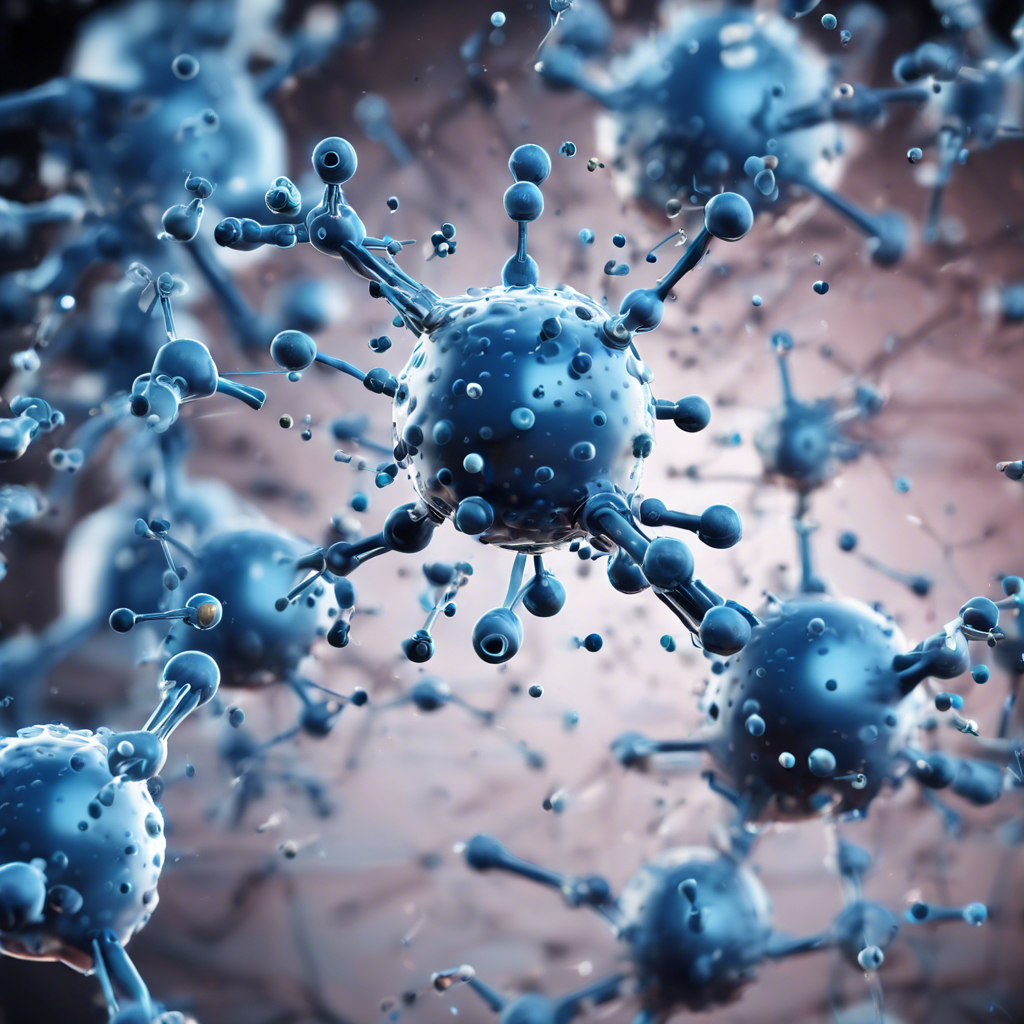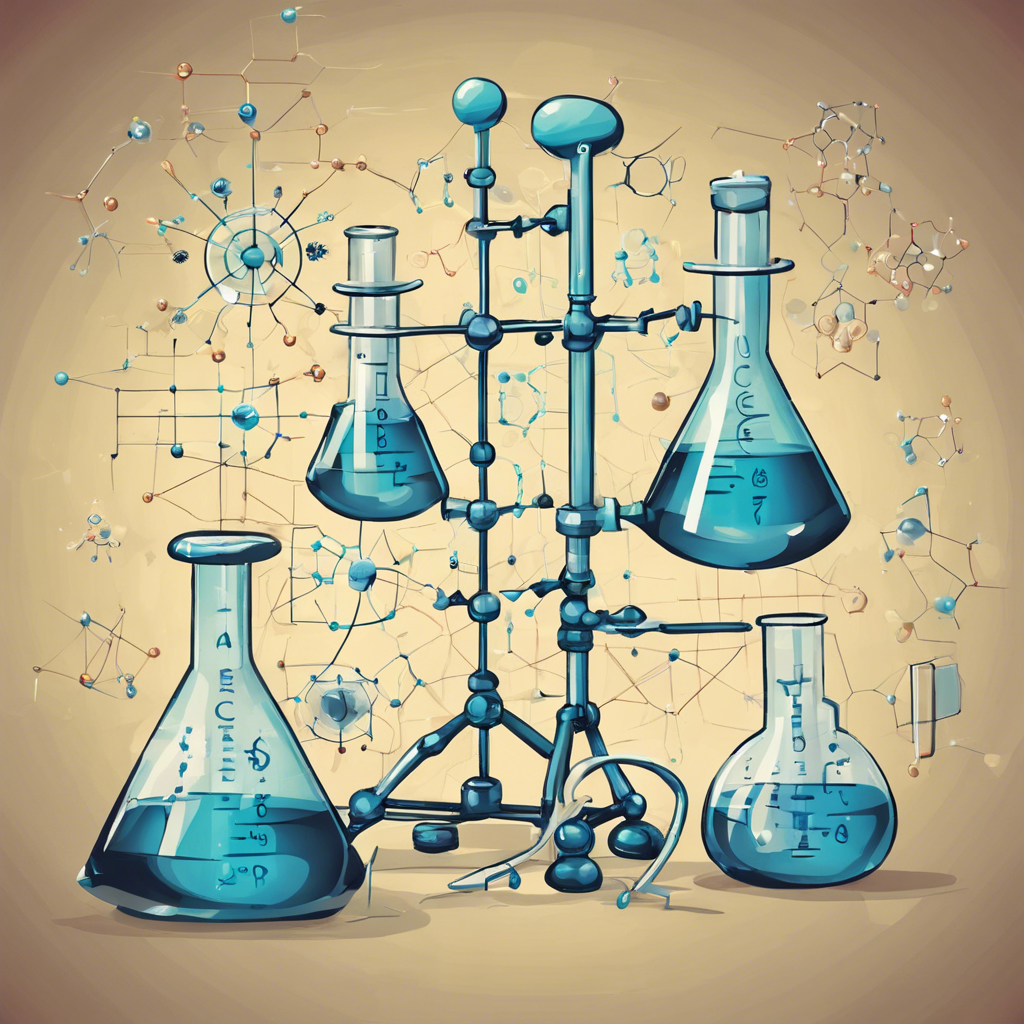Researchers at MIT Develop AI Tool to Speed Up Transition State Calculations
In the realm of chemistry, understanding the transition state is a crucial step in predicting the outcome of a chemical reaction. This fleeting moment, where energy peaks and determines the course of the reaction, has long been a challenge to study due to its minuscule duration. However, researchers at the Massachusetts Institute of Technology (MIT) believe they have found a faster route to uncovering transition states using artificial intelligence (AI). By harnessing the power of AI, chemists hope to expedite the discovery of new materials, fuels, and pharmaceuticals, as well as gain insights into biological reactions.
The Significance of the Transition State in Chemical Transformations
The transition state plays a pivotal role in determining the likelihood of a chemical transformation occurring. For example, in the quest to convert carbon dioxide into a useful fuel like methanol, understanding the transition state and its favorability is crucial in assessing the feasibility of the reaction. Currently, the most effective method to identify a transition state is through a time-consuming process called density functional theory, which can take days to calculate a single transition state. Seeking a more efficient alternative, chemists have turned to machine learning, although the complexity of molecular orientations during reactions has posed a challenge.
Overcoming Challenges with Machine Learning
One of the obstacles in applying machine learning to transition state calculations lies in accounting for the various angles and orientations at which molecules collide during a reaction. Traditional machine learning models struggle to recognize that molecular reactions can occur regardless of rotation, perceiving them as separate reactions. Lead author Dr. Chenru Duan explains that this limitation makes training the model more difficult and less accurate.
A Generative AI Tool for Transition State Calculation
To address these challenges, MIT researchers developed a generative AI tool known as a diffusion model. They trained the model on 9,000 chemical reactions, providing it with the molecular shapes of reactants, transition states, and products for each reaction. By learning the underlying distribution of these structures, the model could generate transition state structures that matched new reactants and products.
Rapid and Accurate Transition State Generation
The researchers put their AI tool to the test, providing it with 1,000 new reactions and instructing it to generate 40 possible transition states for each reaction. They utilized a confidence model to determine the most likely transition states. Remarkably, the program was able to generate accurate transition states for each reaction in a matter of seconds, a significant improvement over conventional methods.
Scaling Up to Larger Molecules
While the researchers initially trained and tested their AI tool on small molecules of up to 23 atoms, they found that the model could still accurately handle larger molecules. This breakthrough paves the way for the application of the fast generative model in more complex chemical reactions, including drug development and protein-related studies.
Conclusion:
The integration of AI into the field of chemistry holds immense potential for accelerating the discovery of transition states in chemical reactions. The MIT researchers’ innovative use of a generative AI tool has demonstrated its ability to rapidly and accurately generate transition states, surpassing the limitations of traditional methods. As this technology continues to evolve, it promises to revolutionize the way chemists approach reaction analysis, leading to advancements in materials science, energy production, and pharmaceutical research. The marriage of AI and chemistry opens up new frontiers in understanding the intricate processes that govern the world of molecules.











